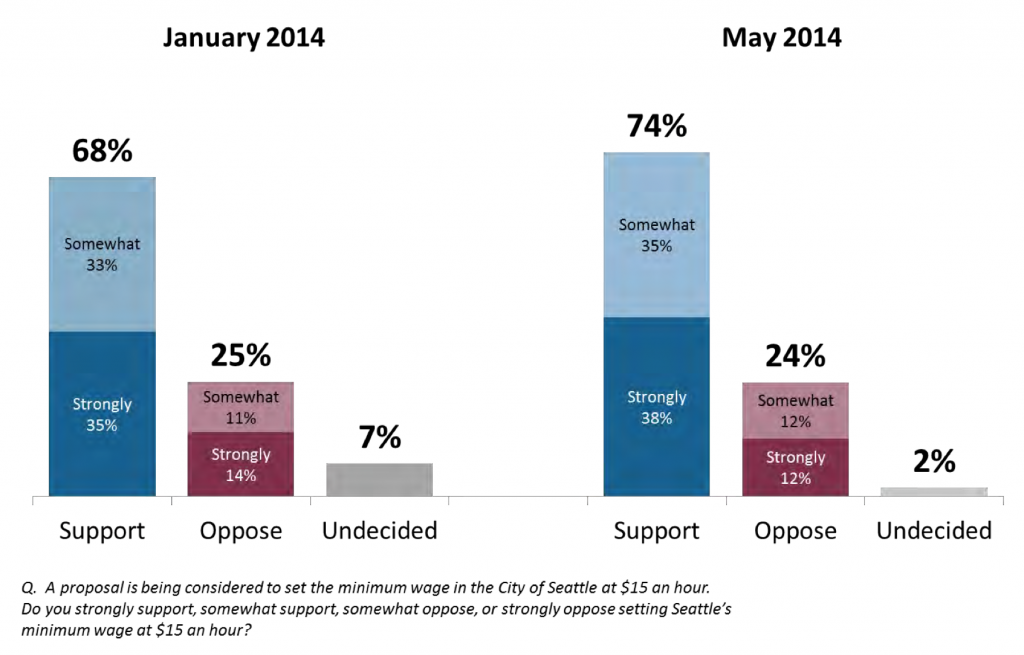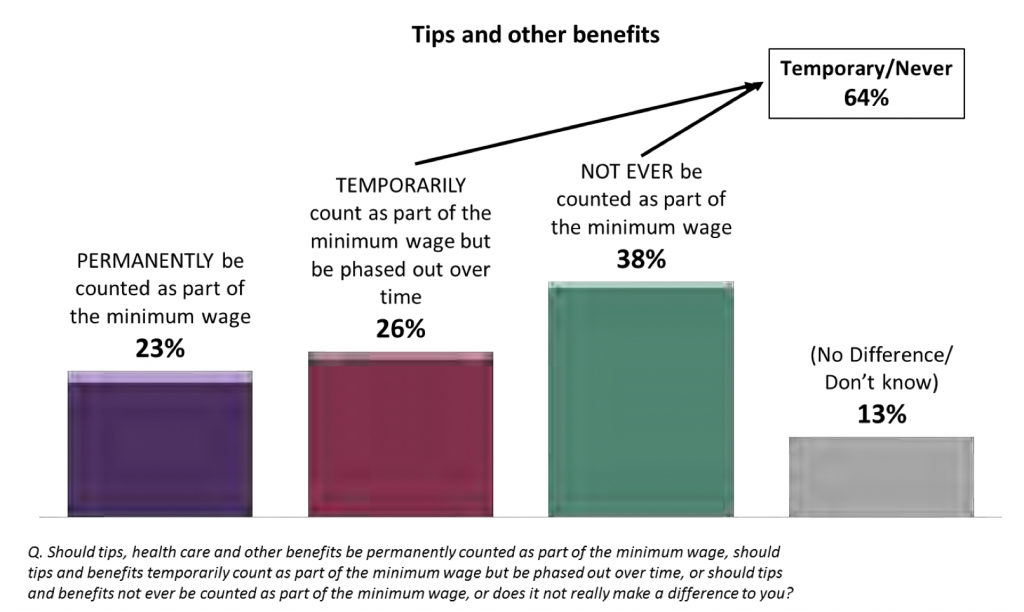Seattle Mayor Ed Murray released a 22-page proposal (pdf) today for implementing high-quality universal preschool in Seattle, starting with a four-year demonstration project that would serve 2,000 three- and four-year-olds in 100 classrooms by 2018. If approved by the city council, a $58 million property tax levy ($14.5 million a year) that would add about $43 a year to the average Seattle homeowner’s property tax bill would be put before voters on the November, 2014 ballot.
(FYI, while the document is boldly labeled “Mayor Murray’s Proposal,” it is largely the result of an effort led by city council member Tim Burgess long before Murray was sworn in as mayor. So credit where credit is due.)
I’ve only just skimmed the proposal, so you’ll have to wait for a more detailed analysis, but my initial response is that it is very thorough, very promising, and not quite as ambitious as I had hoped for.
During the demonstration period, enrollment would be open to all 4-year-olds, and all 3-year-olds from families earning less than 300 percent of the federal poverty level ($71,550 for a family of four). Tuition would be free for students below 200 percent of the federal poverty level ($47,700 for a family of four), and subsidized on a sliding scale based on income. Families up to 600 percent of poverty ($143,100) would pay no more than 40 percent of the project $10,700 per student costs.
That’s a bargain. So of course demand will far outstrip supply. Enrollment will be prioritized to children already in the program (the previous year’s three-year-olds), children with siblings concurrently in the program, and geographic proximity to the classroom. The plan calls for prioritizing the initial placement of classrooms in neighborhoods with the lowest levels of academic achievement. These enrollment and location priorities will tilt demonstration project access to Seattle’s neediest families.
The stated 15- to 20-year goal is to serve 80 percent of of all three- and four-year-olds from families under 300 percent of poverty by 2035. Which like I said, could be more ambitious. But considering the existing constraints on both classroom infrastructure and trained teachers, the demonstration program looks like a very good start.
Again, this is a very thorough proposal, so a more thorough analysis will have to wait. But with both $15 minimum wage and universal preschool proposals working their way through council, 2014 is shaping up to be a very exciting year.

 During her successful campaign for Seattle City Council I pooh-poohed critics who denounced Socialist Alternative candidate Kshama Sawant as unelectable due to her party’s stance in favor of collectivizing the Fortune 500. She was running for city council, for chrissakes. It’s not like she was going to make collectivizing Boeing a councilmanic priority.
During her successful campaign for Seattle City Council I pooh-poohed critics who denounced Socialist Alternative candidate Kshama Sawant as unelectable due to her party’s stance in favor of collectivizing the Fortune 500. She was running for city council, for chrissakes. It’s not like she was going to make collectivizing Boeing a councilmanic priority.


